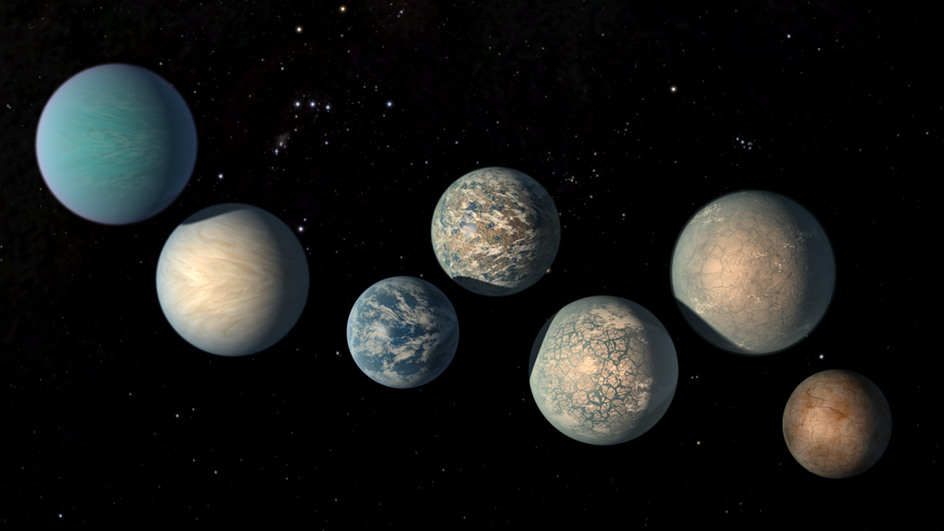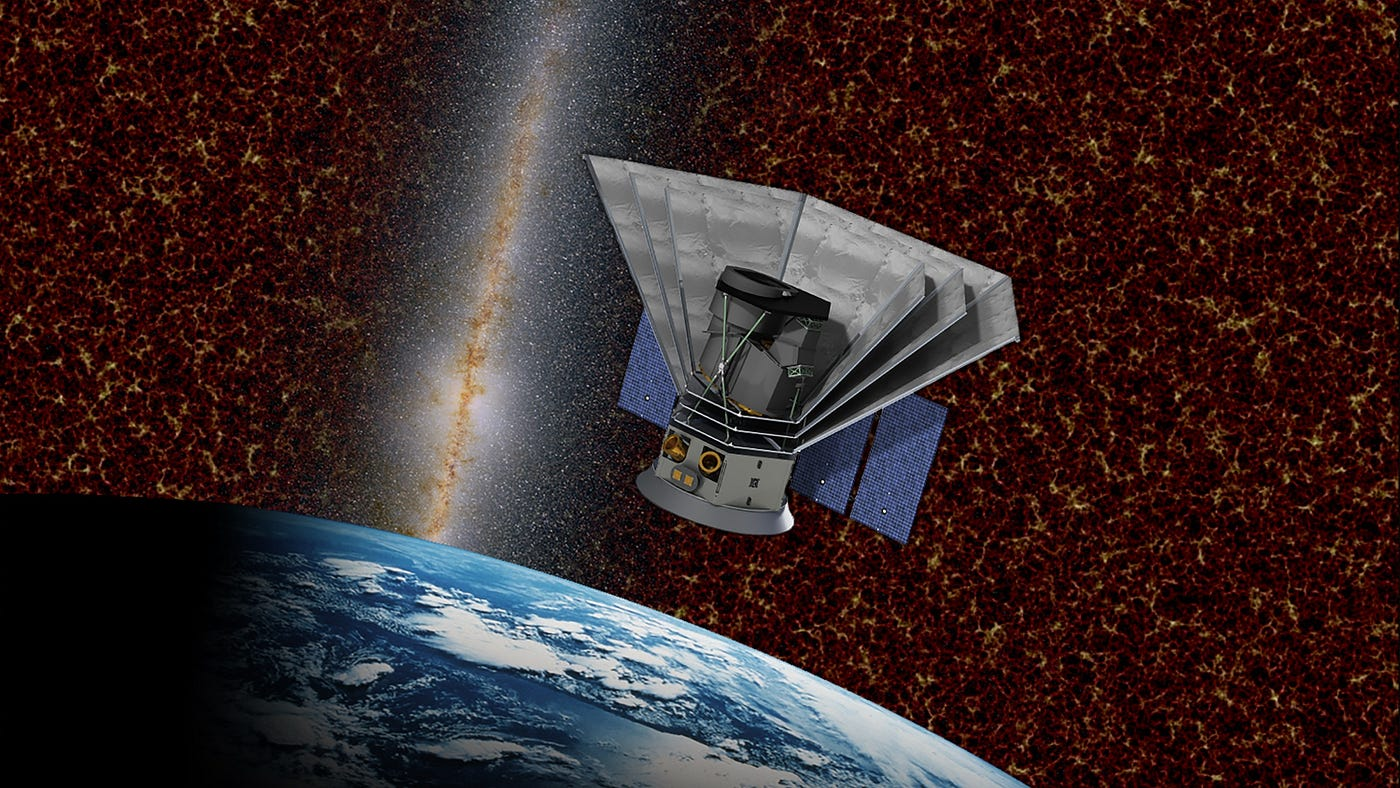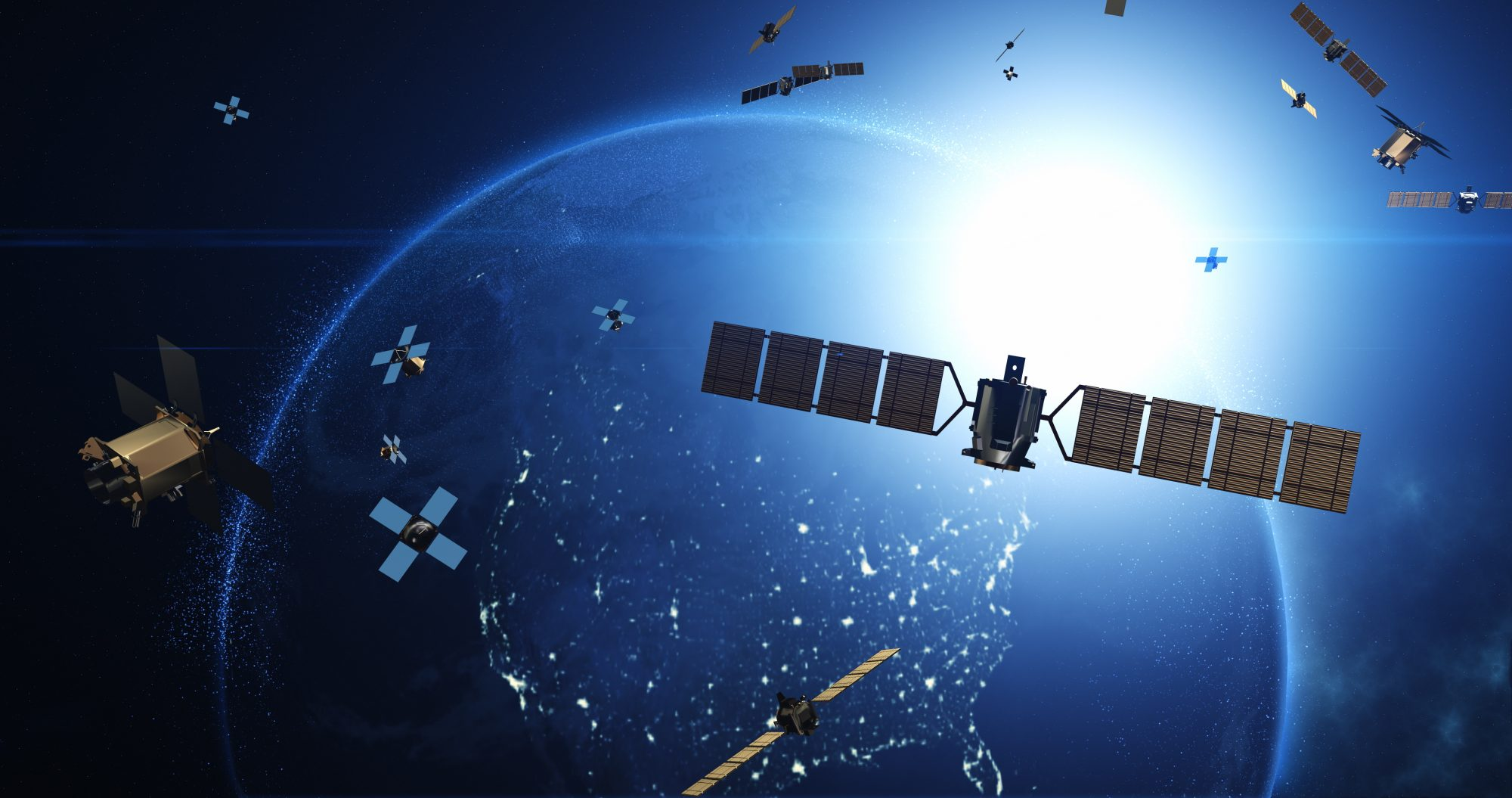The discovery of the TRAPPIST‑1 system in 2017 marked a significant leap in the search for habitable exoplanets. Seven Earth-sized planets orbiting a single ultra-cool dwarf star, three within the so-called habitable zone, sparked excitement among astronomers and astrobiologists worldwide. With instruments like the James Webb Space Telescope now operational, scientists can analyze the atmospheres of these distant worlds for water vapor and possible biosignatures—ushering in a new era of data-driven exoplanet science.
From an expertise perspective, researchers have used transit photometry and spectroscopy to detect subtle changes in starlight as each planet passes across TRAPPIST‑1. These measurements help determine atmospheric composition, surface pressure, and even clouds. Recent peer-reviewed papers indicate potential hydrogen-rich envelopes or even Earth-like atmospheres, though data remain preliminary. Leading experts caution against jumping to life conclusions, emphasizing the importance of reproducible findings and cautious interpretation—a hallmark of rigorous astrophysics.
The exploration of TRAPPIST‑1 isn’t just about technical achievement; it reflects humanity’s centuries-old yearning to understand our place in the universe. Whether future observations confirm habitable conditions or reveal unexpected chemistry, each insight enriches our collective knowledge. As telescopes grow more powerful and techniques more refined, TRAPPIST‑1 will remain a cornerstone of exoplanet research—a promising sign that the search for life beyond our solar system has truly entered the scientific mainstream.







